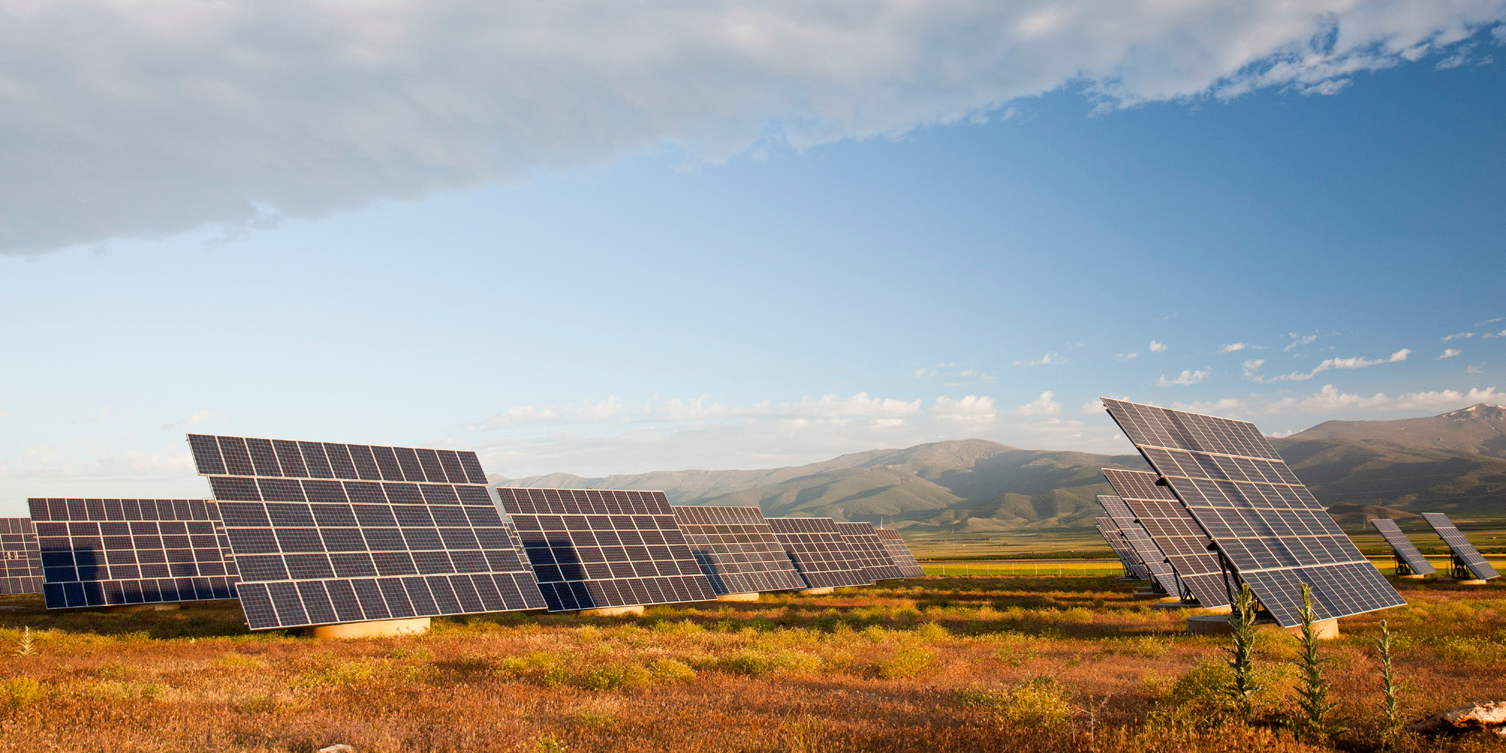Clean energy actions saving companies $3.7 billion a year, cutting annual carbon pollution equivalent to 45 coal-fired power plants.
WASHINGTON, DC, April 25, 2017 – Despite efforts in Washington to sideline action on climate change, a growing number of Fortune 500 companies are taking increasingly ambitious steps to reduce their greenhouse gas (GHG) emissions, procure more renewable energy and reduce their energy bills through energy efficiency, according to a new report released today from World Wildlife Fund (WWF), Ceres, Calvert Research and Management (Calvert) and CDP.
Sixty-three percent of Fortune 100 companies have set one or more clean energy targets. Nearly half of Fortune 500 companies – 48 percent – have at least one climate or clean energy target, up five percent from an earlier 2014 report. Accompanying this growth is rising ambition, with significant numbers of companies setting 100 percent renewable energy goals and science-based GHG reduction targets that align with the global goal of limiting global temperature rise to below two degrees Celsius.
Findings from the new report, “Power Forward 3.0: How the largest U.S. companies are capturing business value while addressing climate change,” are based on 2016 company disclosures to CDP, which holds the world’s largest collection of self-reported corporate environmental data, and other public sources.
“American businesses are leading the transition to a clean economy because it’s smart business and it’s what their customers want,” said Marty Spitzer, World Wildlife Fund’s senior director of climate and renewable energy. “Clean energy is fueling economic opportunity from coast to coast without regard for party line. Washington policies may slow this boom, but these companies are making it very clear that a transition to a low-carbon economy is inevitable.”
The report highlights the financial benefits companies receive from their clean energy investments: Nearly 80,000 emission-reducing projects by 190 Fortune 500 companies reporting data showed nearly $3.7 billion in savings in 2016 alone. The emission reductions from these efforts are equivalent to taking 45 coal-fired power plants offline every year. Praxair, IBM and Microsoft are among the companies saving tens of millions of dollars annually through their energy efficiency efforts.
The 240 companies with targets have set one or more of the following goals: GHG reductions, energy efficiency improvements, or renewable energy sourcing. Two hundred and eleven companies have set a GHG reduction goal, making it the most common target.
“We are encouraged to see significant improvement in both the number of Fortune 500 companies setting climate and clean energy goals and the ambition of those goals – in particular commitments to setting science-based and 100 percent renewable energy targets,” said Anne Kelly, senior director of policy and the BICEP network at Ceres. “But in order to meet our national and global emissions goals, more companies will need to join the champions highlighted in this report, both in setting goals and in becoming vocal advocates for continued federal and state policies in support of climate and clean energy progress.”
Ten percent (53) of companies have set renewable energy targets, and almost half of those (23) have committed to power 100 percent of their operations with renewable energy – among those, Wal-Mart, General Motors, Bank of America, Google, Apple and Facebook. The growth in the number and ambition of renewable energy commitments is mainly the result of recent sharp declines in renewable energy costs, which saves companies money, and of price certainty that comes with renewable energy.
“Corporate commitment to energy efficiency and renewable energy is an accelerating trend that illustrates broader recognition within the business community of the importance of clean energy and the financial benefits it can yield,” said Stu Dalheim, vice president of corporate shareholder engagement for Calvert. “Many of the largest companies in the U.S. are achieving significant cost savings through clean energy programs and mitigating longer-term risks associated with energy price volatility.”
Some of the strongest efforts are also among Fortune 100 companies, with nearly two-thirds (63 percent) adopting or retaining goals. The report also shows strong improvement among the smallest 100 companies in the Fortune 500, with 44 percent setting goals in one or more categories, up 19 percentage points from the 2014 report.
The report shows a significant spread in target setting among different sectors, with Consumer Staples (72%), Materials (66%), and Utilities (65%) sectors leading in setting clean energy goals and the Energy sector (11%), including oil & gas companies, significantly lagging.
“CDP and the investors we work with, representing over US$100 trillion in assets, engage thousands of the world’s largest companies to measure and manage climate-related risks” said Lance Pierce, president of CDP North America. “Voluntary corporate disclosure highlights the compelling business case for corporate clean energy procurement and clearly demonstrates the transition underway in the energy markets. Companies in turn have benefited, identifying billions of dollars in savings and new opportunities through their disclosures to CDP.”
The report includes key recommendations for companies, policymakers and investors to continue to scale clean energy efforts, such as:
• Companies should continue to set, implement and communicate clean energy targets, while supporting local, state and national policies that make it easier to achieve their climate and energy commitments.
• Federal and state policymakers should establish clear, long-term low-carbon polices that will help companies meet their clean energy targets while also helping the U.S. meet its carbon-reducing commitments under the Paris Climate Agreement.
• Investors should consider allocating their investments to companies well-positioned for the low-carbon economy. Investors should continue to file shareholder resolutions and engage in dialogues with companies to encourage them to set climate and energy efficiency targets and position themselves for a low-carbon future.








